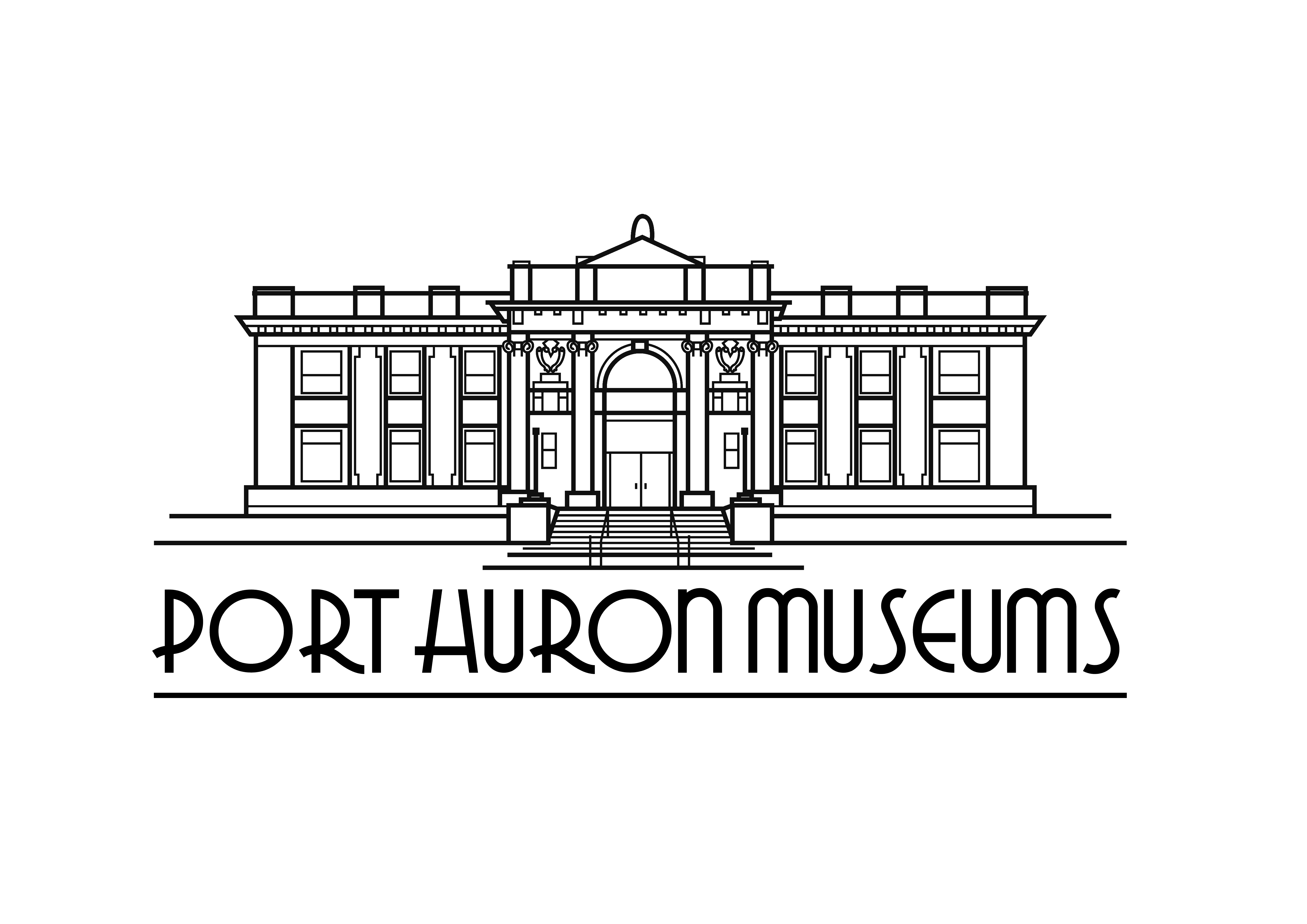Michigan's Oldest Lighthouse
The Fort Gratiot Light Station County Park is home to the oldest light house in Michigan!
Established in 1814, military Fort Gratiot, named after General Charles Gratiot, was established to guard the juncture of Lake Huron and the St. Clair River. As the shipping needs on the Great Lakes increased in the 1820’s, so did the need for a navigational aid at the mouth of the St. Clair River. In August of 1825 the first lighthouse in Michigan was built at Port Huron. The original tower was located near the base of the present day second span of the Blue Water Bridge. It was 32 feet high above ground level, 18 feet in diameter at the base, and tapered to 9 feet across at the top. The original tower did not last long, as poor construction and September storms would lead to its demise when it crumbled in November of 1828.
In early 1829, Congress appropriated funds to build the second Fort Gratiot lighthouse. In April of that year, Lucius Lyon was awarded the contract for construction of the new lighthouse. This time the tower was built further north so it could be clearly seen by ships approaching the mouth of the St. Clair River from Lake Huron.
Lyon, who would later serve as one of the state’s first senators, contracted with Truman Beecher to construct the tower. Plans called for a 65 foot high tower of stone or brick, 25 feet wide and 5 feet thick at the base tapering to 12 feet wide and 2 feet thick at the top, with an octagonal iron lantern. The plans also called for the construction of a brick or stone keeper's dwelling. The contracted price was $4445, with an extra $55 budgeted for adding the old Argon lamp in the new tower.
In the 1850’s, The Lighthouse Board began a series of reforms that would affect the Fort Gratiot light. The first such change was the addition of a Fresnel lens.
Fort Gratiot’s first Fresnel was a fourth order lens ordered directly from France. It arrived in January of 1857. As the traffic on the Great Lakes increased in the 1850s and 60s, so did the need for improved navigational aids. New towers around the Great Lakes were being built at an average height of 80 to 100 feet tall to improve visibility. In 1862, the tower was raised to 82 feet to accommodate the Fresnel lens’s superior range. That new addition can still be visibly seen today. From the 1860’s to the 1930’s the property expanded with the addition of the Keeper's Duplex (1874), the Fog Signal Building (1900), the Single Keeper's Dwelling (1932), the Coast Guard Station (1932) and the Equipment Building (1938).
When most of the Great Lakes lights were automated in the 1930's, the need for light keepers faded into the sunset. A single dwelling for the keepers was added to the station in 1933 at a cost of $5,738. An electric oscillator fog signal replaced the steam whistle in 1934, the same year the tower’s light was changed to green. In 1941, fog signal operation at the station was changed so that the fog signal only sounded when the upper St. Clair River was foggy. Mariners could also radio Port Huron Coast Guard Station to obtain fog reports for the river.
The Coast Guard maintained the Fort Gratiot Light Station from the 1930's until they moved next door into the new Coast Guard Station Port Huron that was built in 2004.
The Fort Gratiot Light Station was transferred from the United States Coast Guard to St. Clair County Parks and Recreation in 2010.
KEEPERS OF THE LIGHT
Keepers:
- Head: George McDougall (1825 – 1842), William Church (1842 – 1843), Eber Ward (1843 – 1845), Nathan (William) Wright (1845 – 1849), Elijah Crane (1849 – 1850), William H. Taylor (1850 – 1853), Elihu Granger (1853 – 1857), Elijah Burch (1857 – 1859), Peter McMartin (1859 – 1861), Eber Lewis (1861 – 1864), John W. Vanhorn (1864 – 1865), David W. Cooper (1865), W.H. Sutherland (1865 – 1866), John W. Vanhorn (1866 – 1869), John Sinclair (1869 – 1881), John Sinclair, Jr. (1881 – 1882), Israel T. Palmer (1882 – 1894), Frank E. Kimball (1894 – 1929), John E. Smith (1929 – 1940), Russell H. Bergh (1940 – ), William A. Wilkinson (1946 – 1950).
- First Assistant: John P. Hutton (1870 – 1872), John Sinclair, Jr. (1872 – 1881), Frank Cowan (1881 – 1882), Samuel C. Palmer (1882 – 1887), Frank F. Palmer (1887 – 1888), Daniel Carrigan (1888 – 1900), Herbert N. Burrows (1900 – 1901), Otto Redman (1901 – 1910), Emil E. Kohnert (1911 – at least 1915), John S. Van Natter (1917 – at least 1941), William A. Wilkinson (1943 – 1946).
- Second Assistant: John S. Van Natter (1915 – 1917), Clarence P. Tupper (1917 – at least 1921), Albert F. Brown (1924 – 1925), David McRae (at least 1928), Elmer A. Sormunen (at least 1930 – at least 1933), Levi M. Whipple (1935 – 1940), William A. Wilkinson (1940 – 1943).
List from www.lighhousefriends.com






